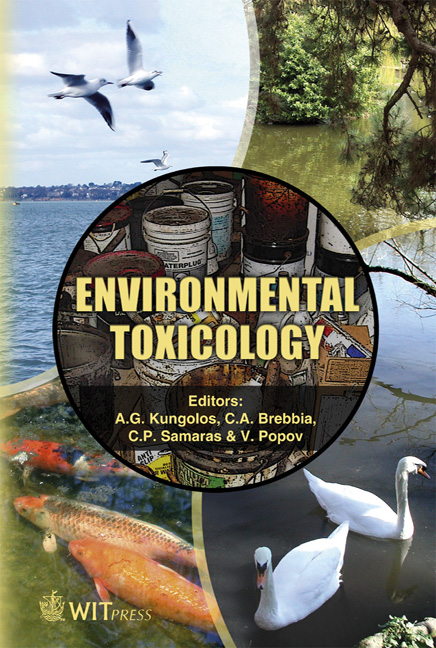Modeling Of Denitrification Rates In Eutrophic Wetlands By Artificial Neural Networks
Price
Free (open access)
Transaction
Volume
10
Pages
10
Published
2006
Size
430 kb
Paper DOI
10.2495/ETOX060081
Copyright
WIT Press
Author(s)
K. Song, M.-Y. Song, T.-S. Chon & H. Kang
Abstract
Eutrophication can be controlled by denitrification which is complex microbial processes converting nitrate to nitrogen gas in water body. Various environmental factors such as oxygen, available carbon and pH are known to regulate denitrification rate. However, those controlling variables affect denitrification rates nonlinearly. Further, interactions between those factors hinder a good prediction on the rate. As such, conventional mechanistic modeling of denitrification often fails to fit with data collected from fields. In this study, we applied artificial neural networks to elucidate complex relationships between denitrification rate and environmental factors. A Multi-Layer Perceptron network based on the back-propagation algorithm was utilized for prediction of denitrification rate. High predictability of denitrification was achieved with R=0.910 with the trained network. Subsequently, sensitivity analysis was carried out to evaluate factors predominantly controlling denitrification rates. A sensitivity analysis exhibited that DO exert a dominant controlling effect on denitrification rate over other environmental factors. Keywords: denitrification, eutrophic wetland, artificial neural networks. 1 Introduction Aquatic ecosystems near agricultural or urban systems can be polluted by a high loading of nitrogen, which often results in eutrophication in summer season. Since eutrophication causes oxygen depletion, fish kill and odor, many studies
Keywords
denitrification, eutrophic wetland, artificial neural networks.





